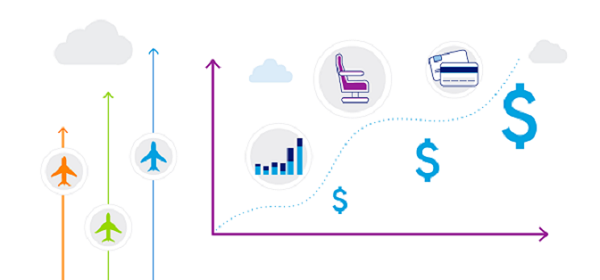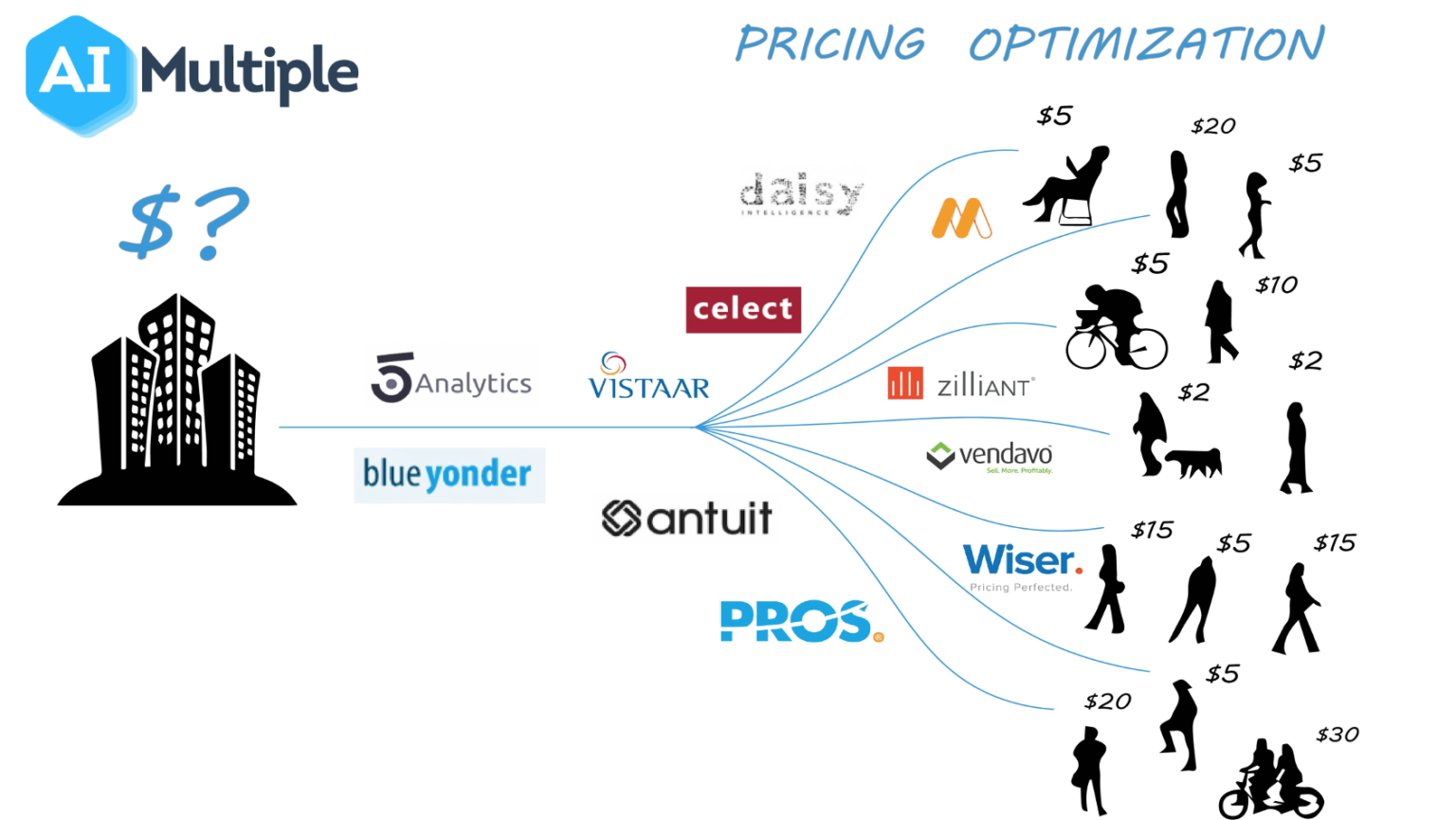

That’s why dynamic pricing like this is so familiar.īut what is dynamic pricing exactly, and how can you use it to your advantage in your business? What is dynamic pricing in marketing?ĭynamic pricing is highly flexible and liable to change on a day-to-day basis. These vagaries can be frustrating to customers but are common across many industries.Īfter all, the purpose of any business is to make money and maximize profit. We should not think of dynamic pricing as just a tool for capitalistic greed to make more money but as a tool to improve the overall product experience, similar to how Uber did it back in the day, It is possible to apply dynamic pricing for good, but we need to be upfront about what part of pricing is "dynamic" and provide enough value to the consumers to justify paying it.įorbes Technology Council is an invitation-only community for world-class CIOs, CTOs and technology executives.Have you ever planned a holiday, looked at the cost of flights one day and then, a few days later, noticed that those same flights have dramatically risen in price? Getting a clear message to your consumers is the key. However, things will likely get really messy if people start randomly skipping the line. For instance, economy-class passengers are fine with a separate boarding gate for first-class passengers on a plane. They're looking for a reasonable system with an explanation for why things work the way they are working. Most people will appreciate a business being upfront instead of being sneaky. Communication is the other side of the coin along with the transparency in dynamic pricing. Instead, a clear marker with an "info" icon that will open an explanation for the higher prices when clicked on should do the trick. In our experience, A/B tests are the right start, and they should be done-but they shouldn't blindside users. Also, some food-delivery services recently enabled dynamic pricing, marking up prices as high as 91% on their platforms. This kind of behavior can lead to a bad consumer experience and can build mistrust due to a lack of transparency. Surprisingly, many organizations start implementing dynamic pricing by running A/B tests without letting their users figure out they are being experimented upon. Transparency can enable customers to make informed decisions and plan accordingly. Research by the Wharton School has shown that transparency is the key to dynamic pricing. This is an example of an ecosystem where all parties are happy with the outcome.ĭynamic pricing could be a big help for businesses, especially in this Covid-19 era. Think of it like a small percentage of consumers are willingly subsidizing the system for everyone involved. We charge a fee determined by dynamic pricing to allow a very small (fewer than 5%) and a limited number of consumers to "skip the line." This enables us to generate extra revenue for the business and serve the other 95% of consumers of the business by holding their spot in the line at no cost.

Similarly, at Sleek, we are leveraging dynamic pricing for enabling a business to offer a great user experience where no consumer has to be physically in-line and waste their time.
DEFINE DYNAMIC PRICING DRIVER
Uber had lots of consumer data and historic ride patterns to predict consumer demand and driver availability, which enabled it to implement the sophisticated algorithms required for implementing dynamic pricing. Uber solved this problem by applying surge pricing and motivating new riders to be available in the region with the price surge.
DEFINE DYNAMIC PRICING DRIVERS
Even though the drivers used to be available in the other nearby cities, it was not worth the effort to drive too far for just picking a ride. It realized that this revenue loss and poor consumer experience were due to the lack of available drivers. Uber figured that there is a massive demand for its ride-hailing services on certain occasions, such as early morning office timings. Surprisingly, Uber implemented surge pricing to solve demand-supply issues on its platform and not just for profit margins. Still, profit is not the only motivator for using dynamic pricing. From a capitalistic point of view, it makes sense to optimize the profits as much as possible, although it can anger consumers.


 0 kommentar(er)
0 kommentar(er)
